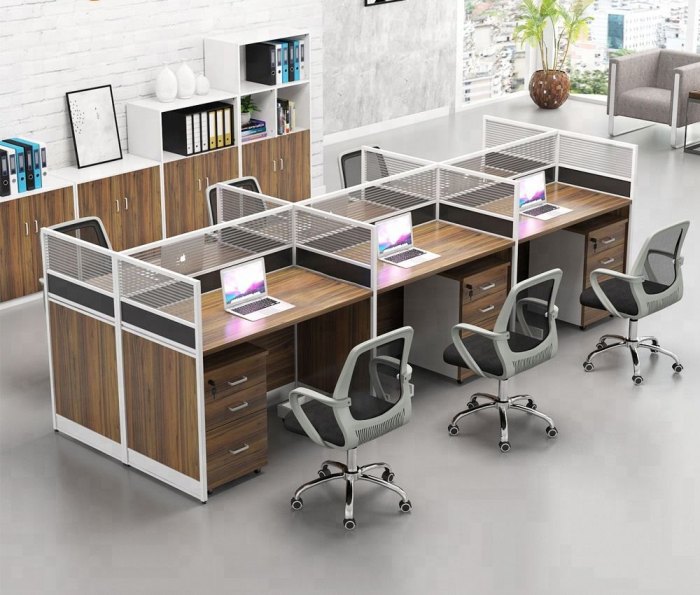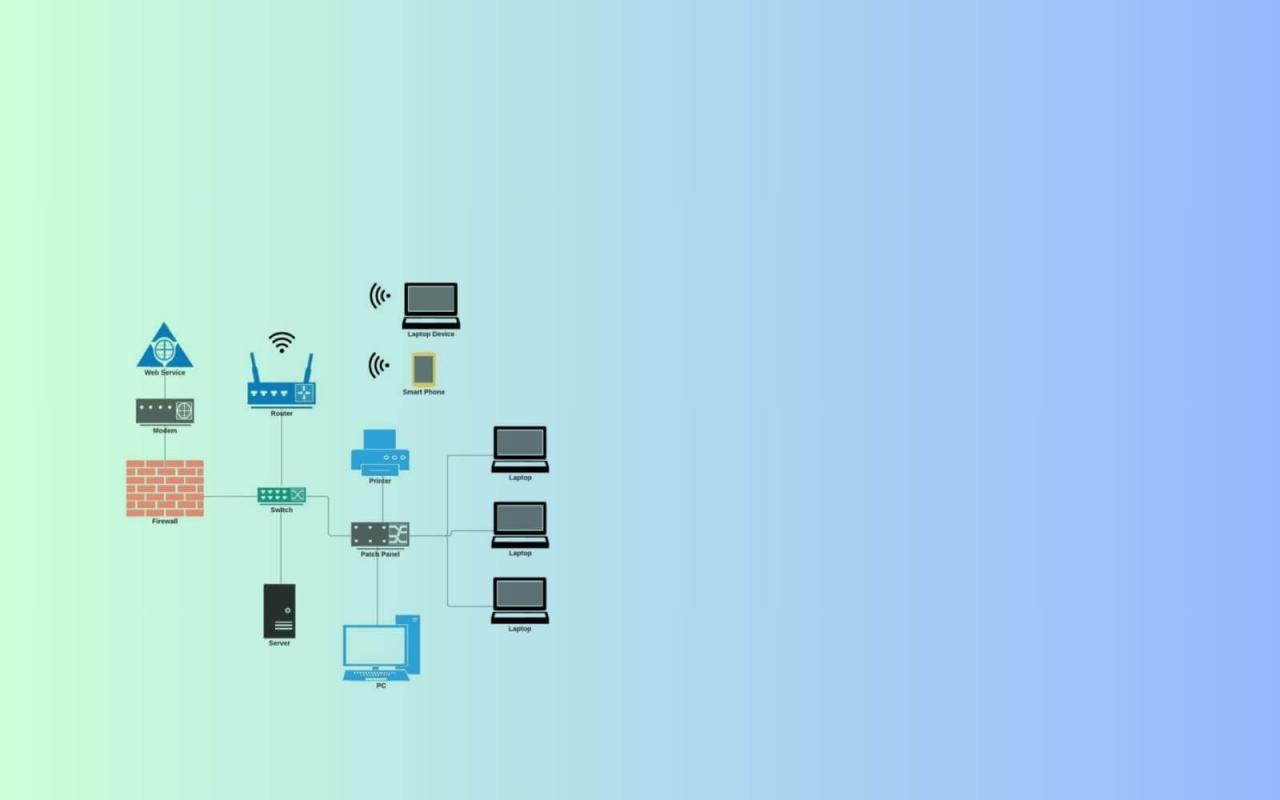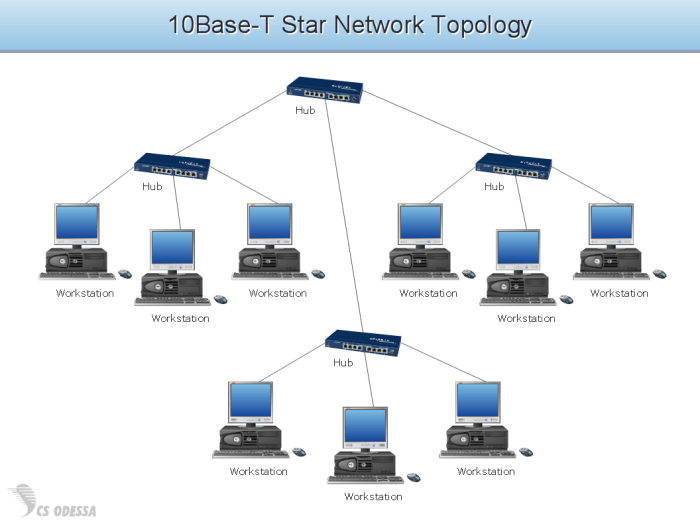These type controls include designing workstations – In the realm of workstation design, these type controls hold immense significance in shaping the user experience and maximizing productivity. From ergonomic principles to advanced technologies, this article delves into the intricacies of workstation design, exploring the various types of controls, their advantages and disadvantages, and how they can be customized to suit individual needs.
Understanding the principles of workstation design is crucial for creating workspaces that promote comfort, efficiency, and well-being. Adjustable workstations, proper posture, and optimal seating arrangements play vital roles in reducing musculoskeletal disorders and enhancing overall productivity.
Design Principles for Workstations

Ergonomic principles of workstation design aim to create comfortable and efficient workspaces. Adjustable workstations allow for customization to fit individual body dimensions and preferences, promoting proper posture and reducing musculoskeletal disorders.
Proper Posture and Seating
Maintaining proper posture while seated is crucial for long-term health. Chairs should provide lumbar support, adjustable seat height, and armrests to prevent strain and discomfort.
Types of Workstation Controls

Workstation controls can be manual, semi-automated, or automated. Manual controls require direct human input, while semi-automated controls combine manual and automated features. Automated controls operate independently, reducing the need for human intervention.
Advantages and Disadvantages, These type controls include designing workstations
- Manual Controls:Simple, cost-effective, but require more effort.
- Semi-Automated Controls:Provide flexibility, reduce workload, but may be more expensive.
- Automated Controls:Efficient, reduce errors, but require complex programming and maintenance.
Workstation Design for Specific Tasks

Designing workstations for specific tasks involves considering equipment, materials, and workflow. Optimizing workstation design based on task requirements enhances productivity and efficiency.
Data Entry Workstation
Data entry workstations should include a comfortable chair, adjustable desk, and ergonomic keyboard and mouse. Adequate lighting and a document holder are also essential.
Workstation Customization and Adjustment: These Type Controls Include Designing Workstations
Customizing workstations for individual users is vital for comfort and productivity. Adjustments include seat height, desk height, monitor placement, and keyboard position. Proper workstation setup reduces fatigue and improves overall well-being.
Importance of Customization
- Reduces musculoskeletal disorders.
- Improves comfort and productivity.
- Supports individual preferences and body dimensions.
Advanced Workstation Technologies
Emerging workstation technologies, such as smart desks and virtual reality headsets, enhance user experience and productivity. Smart desks adjust height automatically, while VR headsets provide immersive work environments.
Potential Benefits and Challenges
- Benefits:Improved ergonomics, increased focus, and enhanced collaboration.
- Challenges:Cost, compatibility issues, and potential health concerns.
FAQ Section
What are the key ergonomic principles for workstation design?
Ergonomic principles focus on reducing physical strain and promoting comfort. They include maintaining a neutral posture, minimizing repetitive motions, and providing adequate support for the body.
How can workstation controls improve productivity?
Workstation controls allow users to adjust their workspaces to suit their preferences and task requirements. This can reduce fatigue, improve posture, and enhance focus, leading to increased productivity.
What are the different types of workstation controls?
Workstation controls can be manual, semi-automated, or automated. Manual controls require user input, while semi-automated and automated controls offer greater flexibility and customization.